Creature
Fast Facts
Introducing you to extinct species.

THE
STELLER'S SEA COW
1. The fossil record shows that the Steller’s sea cow, Hydrodamalis gigas, once ranged along the east coast of Asia, north from Japan and along the western coast of North America as far south as California. But by 1741 when they were discovered they only lived along the shores of Commander Islands located between Russia and Alaska. 2. The Steller’s sea cow could reach lengths of 25 - 30 feet, and it weighed 9,000 - 22,000 pounds (historical accounts vary). 3. They were a member of the Sirenia family which includes the manatee and dugong. (The group gets its name from the Greek monster the Sirens that looked like beautiful women that sang to lure in and kill sailors). 4. Steller's Sea Cows weren't discovered until 1741 when Russian explorer Vitus Bering shipwrecked on the Commander Islands in the Bering Sea. Georg Steller was the naturalist on the journey who observed and named the Steller’s sea cow, Steller’s sea eagle, Steller’s jay, and the Steller’s sea lion. 5. Steller noted that the sea cows were not scared of people at all and always stayed close to shore eating seaweed. 6. Steller also observed that winters took their toll on the sea cows which grew very thin and seemed unable to swim far from the shore. 7. They were highly social and would even try to rescue members of the group that were being hunted. 8. Here's a quote about them from Steller's journal, "It is covered with a thick hide, more like unto the bark of an ancient oak than unto the skin of an animal; the manatee’s hide is black, mangy, wrinkled, rough, hard, and tough; it is void of hairs, and almost impervious to an ax or to the point of a hook." 9. 27 years after they were discovered, there were no more. The last Steller's Sea Cow was killed sometime in 1768.
Extinction
Cometh
Facing the light at the end of the tunnel
EXTINCTION DATE
1768
According to the fossil record during the last Ice Age, Steller’s sea cow once ranged on the coastlines of the Pacific from Japan in Asia northward and all the way down the western coast of North America as far south as California. By the time it was discovered by the Russians in 1741, its population had dwindled and could only be found around the Commander Islands. Russian explorer Vitus Bering, for whom the Bering Sea is named, was shipwrecked on the Commander Islands in the Bering Sea. Commander Bering, died and was buried there, which is how the Islands got their name. On the expedition to Alaska to hunt fur seals and the highly prized sea otter, Georg Steller was the naturalist who was sent to record what they found. While shipwrecked, Georg Steller named the Steller's Sea Cow, the Steller's Jay, the Steller's Sea Lion, and the Steller's Sea Eagle. The crew did hunt the Steller's Sea Cows for food, oil, and skins. Steller's crew only ate what they needed to survive before they were able to repair their ship. When they returned home, they spread the word about where to find these huge, easy-to-catch behemoths. Steller’s crew did note how tasty the sea cow was, comparing it to ‘corned beef’, and its blubber as tasting better than butter. Future explorers sought this delicious, gentle giant out on future fur trading expeditions to Alaska. One sea cow could feed a crew for about a month. The Steller’s sea cows were easy to hunt because they showed no fear of people. They stayed close to shore, seemingly unable to swim far out to sea or to dive deep underwater. When a member of their herd was harpooned, other sea cows were noted to come to the aid of the wounded individual, even throwing their bodies on the rope to dislodge the harpoon. During the cold winters, they stayed closer to shore where streams flowing into the sea made the water warmer. It is thought that they could die of hypothermia, which is a similar problem its cousin the West Indian (Florida) manatee faces. Their inability to swim out to sea and relocate in the frigid Arctic Ocean also made them an easy, reliable food source for Russian fur traders. 27 years after they were discovered there were no more. The last Steller's Sea Cow was killed in 1768. Could the Steller’s sea cow live in the Commander Islands today? Although Jurassic Park is fiction, scientists are working on several de-extinction projects. In fact, in 2003 scientists did bring back the extinct Pyrenean ibex, a type of wild goat, for 7 minutes before it died, showing de-extinction is possible. The Steller’s sea cow would be a bad candidate for this. There are some 16 skeletal remains of the Steller’s sea cow, and fossil bone fragments are not that uncommon (in fact you can buy rib bone fragments fossils online), but the de-extinction process requires soft tissue. There are no specimens of the Steller’s sea cow that contain soft tissue. Extracting the needed genetic material from bones and fossils is still not possible. However, in 2021, the nuclear genome was sequenced. The good news is that Russia and the United States have made great strides in protecting the habitat of endangered species and helping rebuild populations. For instance, the Florida government & people have been working together for a long time to keep the Florida manatee from going extinct, like the Steller's sea cow. The manatee is now a proud symbol of Florida. Laws have been put in place to protect the manatees while allowing people to observe and appreciate them. Many Florida businesses also donate portions of their profits and time to help out. The Steller's sea cow could benefit from the intervention of people to help it thrive. If the Steller’s sea cow was brought to life, could it ever be reintroduced to its native homeland around the Commander Islands?
COMING SOON
Although Stella the Steller's sea cow did have a return story in my book Deader Than a Dodo, her presonal Lazarus Tale is yet to be written. Stella the Steller's sea cow’s account from my book, Deader Than a Dodo As much as Eldey was encouraging us to share, he remained silent, staring at the log. About that time, the log began to twist around and I could see that it wasn’t a log at all. It was a large whale-like creature with the face of a manatee. I had seen plenty of manatees in books about endangered animals around CDRS, but this creature was different and much, much larger. The behemoth creature cleared her throat and began speaking in a deep, earthy voice, “I am the Steller’s sea cow, and the name I have chosen to take for myself is, Stella. Like Moana, I am not very creative at all, but it is a name that represents how the world came to know about me, all 27 years of my known existence at least. Georg Steller was a naturalist who studied wildlife on a Russian exploration in the Bering Sea region. He and the rest of Captain Bering’s crew were stranded on the Commander Islands and had to partake of some of my kind in order to survive. They even said we were yummy, better than beef, which I personally consider a compliment.” I thought it was wrong to be flattered by what people thought of your flavor. Being tasty is not a good thing. I never considered people eating a nice bowl of me an honor. Stella continued her story, “Even though this was not a pleasant time for my kind, it was understandable given their circumstances…” Understandable? How can being eaten be something that is okay with you? “Stella, remember we are trying to keep our introductions concise,” Eldey said motioning toward Astuto who was pacing now obviously growing even more impatient. “Oh yes. I do apologize Eldey. So my chosen name is Stella after Georg Steller who sketched and described my kind in his journals. Unfortunately, his journals led other Russian explorers to our island and ultimately to our demise. My extinction date was July 15, 1768. I’m not really fearful of much other than maybe a pod of killer whales, but I’m really good at being ‘stealthy’,” she laughed, emphasizing the ‘stell’ part of the word.
More to Explore
All answers lead to more questions
VIDEOS & ADDITIONAL INFO
S is for Sea Cow Song Video
Steller's Sea Cow History Video
Forrest Galante Interview Video about Sea Cow
Save the Manatee (Steller's sea cow's relative) Website
Dugong - "functionally extinct" in China
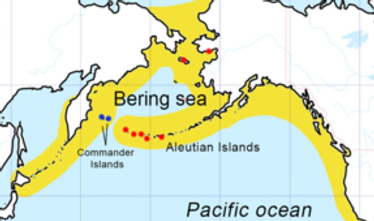
Map showing Steller's sea cow range
Image from Wikipeida
One of two complete skeletons. This one is from The Finnish Museum of Natural History. The other is in the Smithsonian in Washington DC
Image from Wikipedia



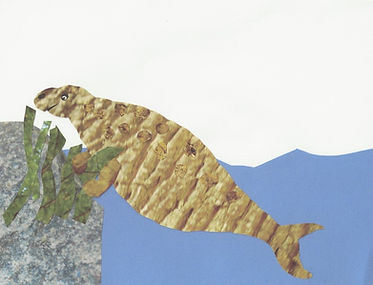
Natives hunting sea cow
Image from Wikimedia Commons
Image from
Miora Risen 12 Images
An Eric Carle style collage I
made of a Steller's sea cow
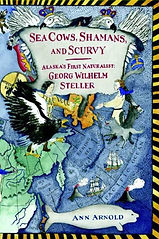
A biography about Georg Steller
Images from Amazon
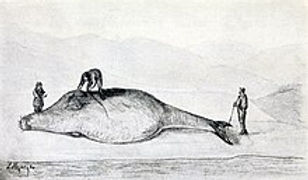
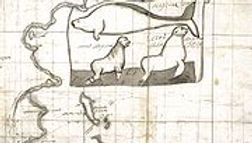
Georg Steller's two drawings
Images from the book, Sea Cows, Shaman,
and Scurvy
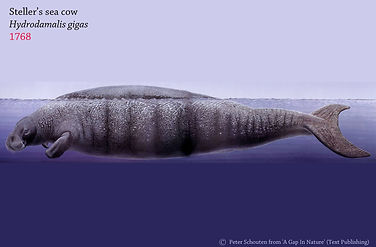
Steller's sea cow painting by Peter Schouten
Image from A Gap in Nature

Steller's sea cow's size
Images from Prehistoric Wildlife
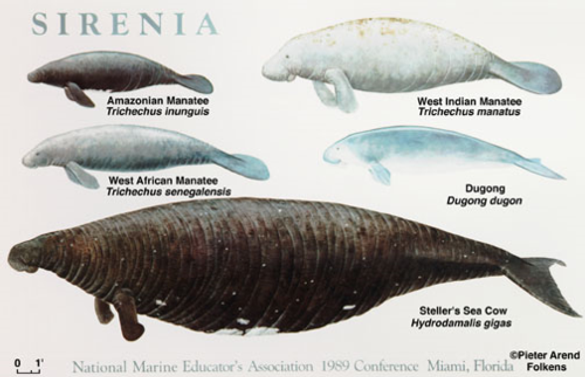
The Steller's sea cow's closest relatives
Image from Mermaid Fandom
(Columbus thought the manatee of Florida was a mermaid)
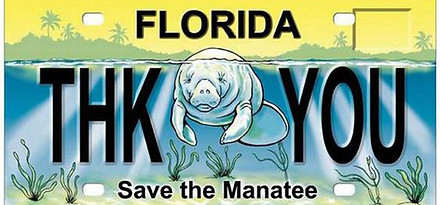
Florida licence plates protecting the Steller's sea cow relative
Images from cnn.com
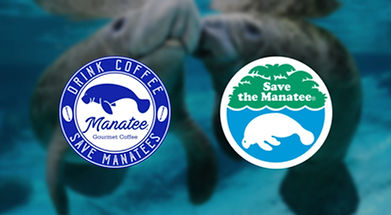

Florida businesses & people
protecting manatees from extinction
Images from Manatee Coffee
Places in Florida to
see a manatee
Image from travel4wildlife.com

Brevard County
Manatees baseball
Image from Sports Logos

The Steller's Sea Cow relative, the dugongs
Image from iStock.com
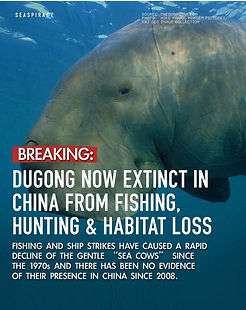
Dugongs are "functionally extinct" in China
Image from Twitter
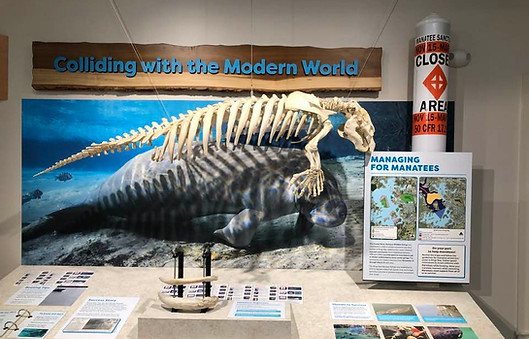
Photo from Nature Conservation Center from our trip to Florida
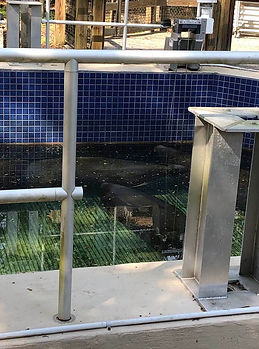
Homosassa Springs is one place we visited the rehabilitates manatees injured by boats
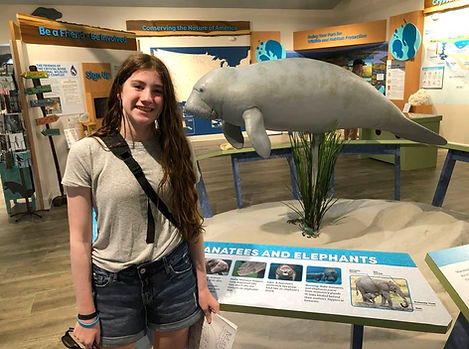
Photo of my daughter in Florida Nature Center

My family went on a Manatee Tour and got to swim with Florida's gentle giants. Seeing an animal in person makes you appreciate it and want to preserve it even more.



